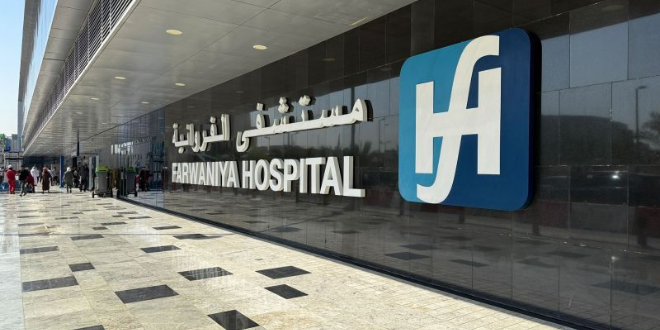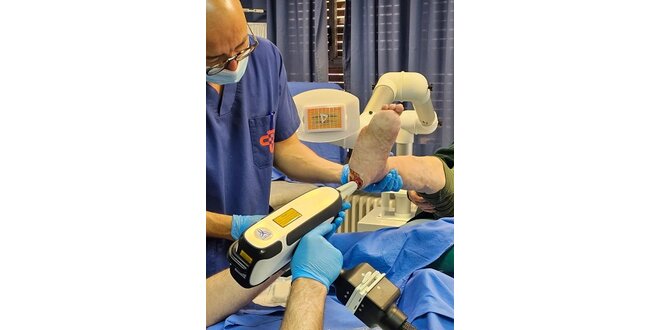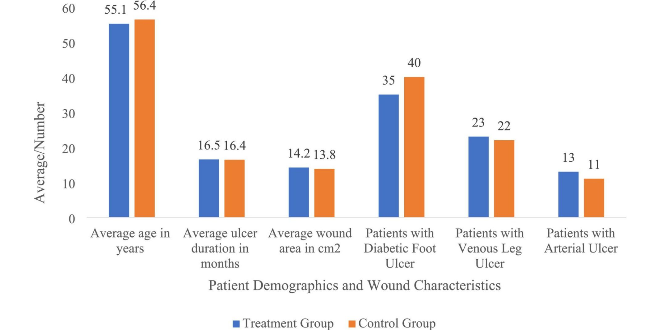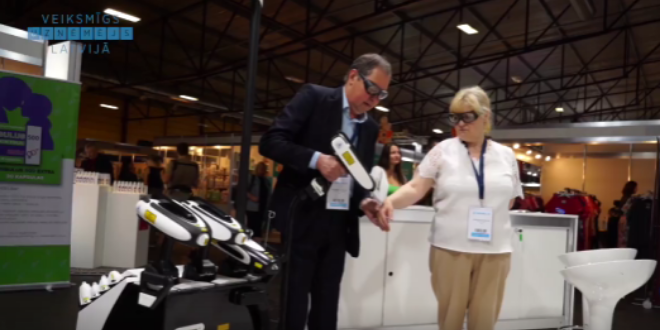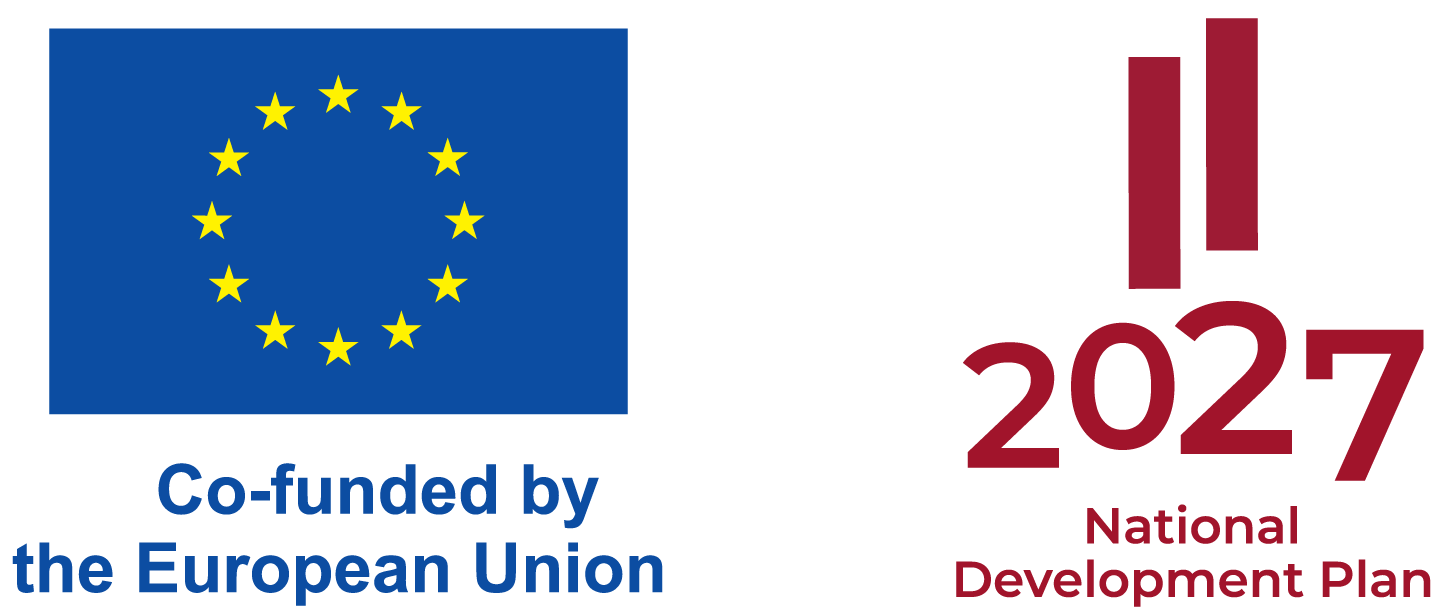Varicose Vein Treatment with WAVE™ EVLA

LINLINE treats varicose veins by addressing the source of reflux with endovenous laser ablation on the MULTILINE™ platform using WAVE™ high-frequency pulsed delivery. Surface nets (spider/reticular veins) can be treated later with LINLINE’s vascular program (TCT) in separate sessions.
Why LINLINE’s approach is different
- WAVE™ pulsed endovenous mode: Delivers high-frequency pulse trains so energy is deposited inside the vein lumen while tissues cool between pulses. This couples efficiently to the wall and reduces perivenous heat—supporting comfortable, walk-in/walk-out treatment.
- No radial tips required: We don’t use radial fiber tips. In WAVE™ mode, any carbonized debris is ejected instantly, keeping the tip clean. Energy couples to the vein wall from within, so less energy is needed for reliable obliteration.
- Platform synergy: Same base unit for ultrasound-guided EVLA and, on separate visits, TCT for telangiectasias—simplifying training and workflow.
Who is a candidate?
- Great/small saphenous insufficiency (GSV/SSV), accessory saphenous reflux
- Incompetent perforator veins
How the procedure works
1) Mapping & planning
Duplex ultrasound maps reflux and marks the access route (typically ~2 cm below the junction). Local/tumescent anesthesia is placed around the target vein (general anesthesia usually not required).
2) Endovenous Laser Ablation (EVLA) — WAVE™ mode
- A fine fiber is inserted under ultrasound and positioned.
- The laser delivers high-frequency pulsed energy while the fiber is withdrawn at a controlled speed, collapsing and sealing the vein.
- Parameters are adjusted to vein diameter and tumescence; the pulsed profile keeps perivenous tissues cool.
2b) Incompetent Perforator Veins (IPVs) — WAVE™ EVLA (when indicated)
- Indication: Duplex-confirmed outward flow/reflux in a perforator linked to symptoms, adjacent varicosities, or ulceration (surgeon-selected cases).
- Access: Ultrasound-guided percutaneous puncture (typically 16–18G). Introduce a 400–600 μm bare fiber; position the tip 5–10 mm below the dermis, centered in the perforator.
- Tumescence: Form a protective ring to displace skin/neurovascular structures and compress the lumen.
- Energy delivery (WAVE™): Use high-frequency pulse trains with short on/off bursts; apply a stationary or micro–pull-back (3–5 mm strokes) technique to close the short segment while tissues cool between pulses. Avoid firing in the dermis/entry track.
- Confirmation & finish: On ultrasound, confirm wall coaptation/echogenicity; apply a focused compression pad and stocking.
Why WAVE™ helps here: Pulsed trains keep perivenous tissues cooler while efficiently coupling energy inside the tiny perforator lumen, enabling precise closure without radial tips or excessive energy.
What to expect (patient view)
- Time: typically 30–60 minutes per limb, depending on extent.
- Comfort: local/tumescent anesthesia; you may feel firm pressure but little heat thanks to WAVE™ pulsing.
- After: a snug bandage/stocking is applied; walk 20–30 minutes the same day.
- Recovery: routine activities in 24–48 hours; compression stocking usually 1–2 weeks (your surgeon will advise).
- Results: treated trunks/perforators close immediately; visible surface improvement unfolds over weeks. Residual fine networks can be cleared later with TCT (separate visits).
Results & durability
- High occlusion rates comparable to best-in-class EVLA literature, with low pain and bruising due to the pulsed profile.
- Addressing the refluxing trunk (and selected perforators) reduces recurrence risk at the source.
Benefits at a glance
For patients
- Minimally invasive: tiny puncture, no hospital stay.
- Comfortable: pulsed EVLA lowers surrounding tissue heat.
- Fast recovery: walk the same day; quick return to routine.
For practitioners
- Clean physics: WAVE™ pulsing targets the vein wall efficiently; no radial disposables reduces cost and avoids tip-carbon issues.
- Control & precision: adjustable pulse trains and controlled pull-back.
- Precise IPV closure: pulsed micro-activation for short perforator segments—no radial tips, minimal perivenous heat.
- Platform synergy: add TCT later for telangiectasias.
Safety & aftercare
- Compression as prescribed; walk daily; avoid heavy leg workouts for a few days.
- Expect cord-like tenderness along the treated vein—typically mild and self-limited.
- Rare risks (DVT, skin burn, nerve irritation) are minimized with ultrasound guidance, tumescence, and WAVE™ pulsing; contact your clinic if pain/swelling is unusual.
Key takeaway
WAVE™ pulsed EVLA targets and closes the refluxing trunk and selected perforators with efficient intraluminal energy delivery and reduced perivenous heat—delivering durable closure, quick recovery, and a streamlined pathway to clear remaining surface nets later with TCT.





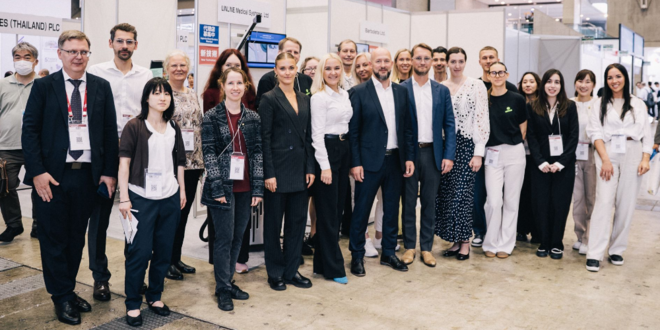
 06.10.2025
06.10.2025